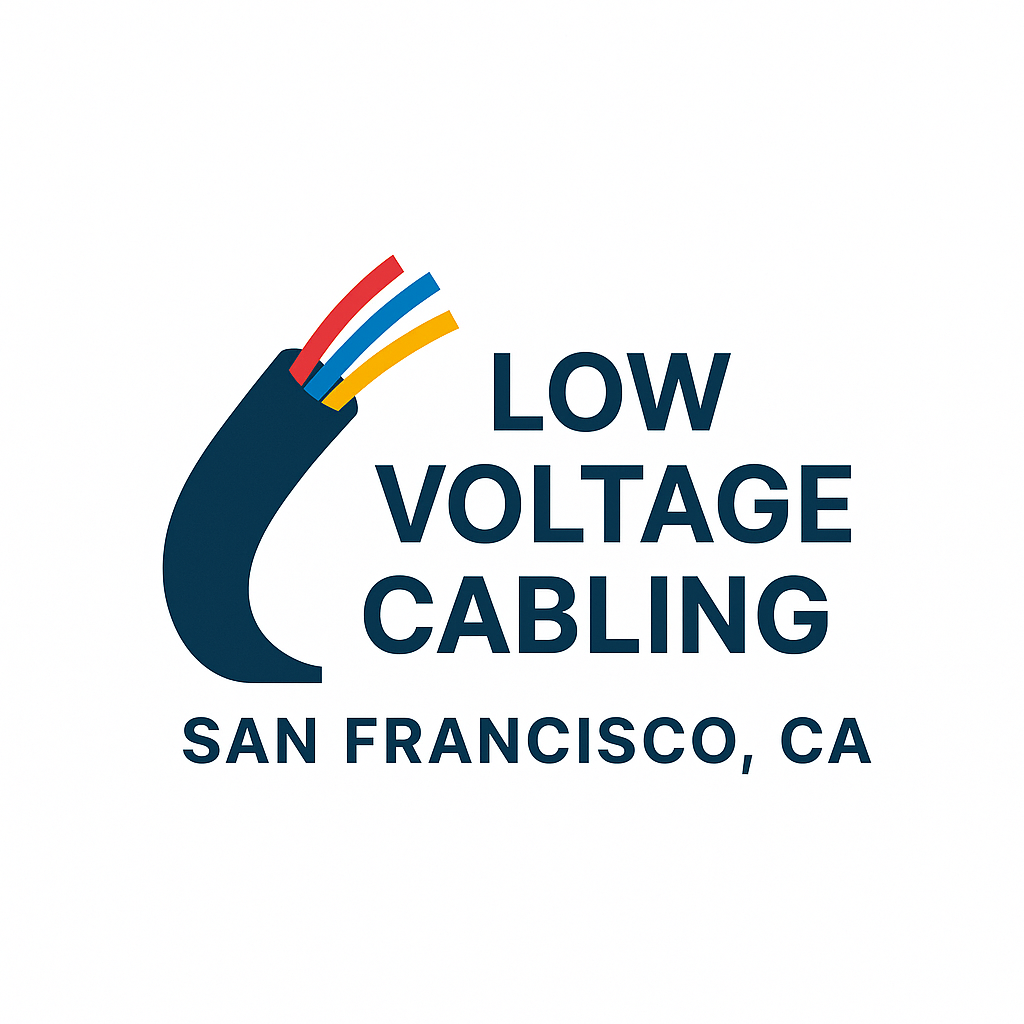How to Get a Low Voltage (C-7) License in San Francisco, CA
If you want to legally perform low voltage systems work (such as communication wiring, data cabling, security systems, audio/visual installations) in San Francisco — or anywhere in California — you must obtain the proper contractor license. In California, that’s commonly the C-7 Low Voltage Systems Contractor license. This article outlines in detail the steps, requirements, and considerations specific to San Francisco / California so you can navigate the licensing process confidently.
What Is a C-7 Low Voltage Contractor License?
- The C-7 classification is designated for contractors who install, service, or maintain communication and low voltage systems that are energy-limited and do not exceed 91 volts.
- Typical systems under C-7 include telephone, data/communication cabling, CCTV, satellite dish wiring, sound systems, low voltage landscape lighting, instrumentation and controls.
- Important exclusion: The C-7 license does not cover fire alarm systems, fire protection equipment, or certain security/lock systems in many cases. Those often require a different classification or additional licensing.
- In San Francisco, to submit online electrical permits or be recognized for low voltage work within the city, you’ll need to be registered as a licensed contractor under the appropriate classification (C-7 for low voltage) per the city’s building / permitting rules. San Francisco Government
Prerequisites & Eligibility Requirements
Before applying, you must satisfy certain criteria:
- Age & Identification
- You must be at least 18 years old.
- You must have a valid Social Security number or ITIN (for non-U.S. citizens).
- Experience Requirement
- You need 4 years of journeyman-level experience in low voltage (C-7) work within the past 10 years.
- You may use education or technical training (e.g. trade school or college credits) to reduce part of the requirement — up to three years of credit in some cases — but you still must show field/trade experience.
- If you were self-employed, that experience may count, but you must provide verifiable documentation or references confirming the work.
- Additional Requirements
- Pass a Law & Business exam (covering contract laws, business regulations, workplace safety, etc.).
- Pass a Trade (C-7) exam specific to low voltage systems.
- Submit fingerprints / background check (FBI / state) as required by the state licensing board
- Obtain a contractor’s bond (surety bond) and appropriate liability insurance / workers’ compensation insurance.
- Complete the original license application through the state licensing board (CSLB).
- File asbestos certification / test (open book) if not already completed.
Step-by-Step Process to Obtain the C-7 License
Step 1: Verify Your Qualifications & Gather Documentation
- Confirm you meet the age and identification requirements.
- Prepare proof of your 4 years of journey-level experience: employment records, supervisor signatures, contracts, pay stubs, project logs.
- If you are claiming education/training credit, gather transcripts or certifications.
- Get ready to submit your bond, insurance proof, and background clearance.
Step 2: Apply to the CSLB for Examination Eligibility
- Complete the Application for Original Contractor’s License for classification C-7.
- Submit experience documentation and references.
- Undergo background check / fingerprinting.
- Pay application and processing fees required by the CSLB.
Step 3: Study & Prepare for Exams
- Study the Law & Business portion (contracts, liens, business management, safety, trade regulations).
- Study the Trade (Low Voltage Systems) exam (cabling, wiring practice, systems, safety, material specs).
- Use available study guides (CSLB provides a C-7 exam study guide), practice tests, and prep courses.
- Prepare for the asbestos open-book exam, if applicable.
Step 4: Take & Pass the Exams
- Sit for both Law & Business and Trade (C-7) exams within the timeframe allowed.
- You generally need at least 70% passing score on each.
- If you fail one exam, you may retake it; follow the CSLB retake guidelines.
Step 5: Final Steps & License Issuance
- Once you pass, submit proof of your bond and insurance if not already submitted.
- CSLB will issue your contractor license number, pocket card, and wall certificate.
- You are now a licensed C-7 Low Voltage Systems Contractor.
Step 6: Register Locally in San Francisco
- To operate legally in San Francisco, you must register with the City as a licensed contractor (for local permitting and online permit systems).
- Submit copies of your C-7 license, business registration, proof of workers’ compensation, and contractor registration documents to the city’s permitting office. San Francisco Government
- After registration, you’ll be able to pull low voltage permits online under the city’s system.
Considerations & Tips for San Francisco Applicants
- San Francisco has high permitting and inspection standards; being a local contractor registration helps streamline projects.
- Many city permit systems require the contractor classification (C-7 for low voltage) to match the work being done.
- Keep good records and organized portfolios of your projects to justify your experience claims.
- Exam preparation is vital — differences in state terminology or code references may trip up trade exam questions.
- Be sure your bond, insurance, and license are maintained and renewed to avoid lapsing.
- If your work includes fire alarm systems or higher voltage work, you may need additional classification or a C-10 electrical license; ensure you stay within the permitted scope of C-7.
Conclusion
Securing a C-7 Low Voltage Contractor License in San Francisco, CA is a multi-step process that demands documented experience, passing exams, bonding, insurance, and local registration. While it takes effort and preparation, having this license unlocks the ability to bid and perform low voltage installations legally and professionally in the city. Stay organized, prepare thoroughly, and maintain compliance to succeed.
